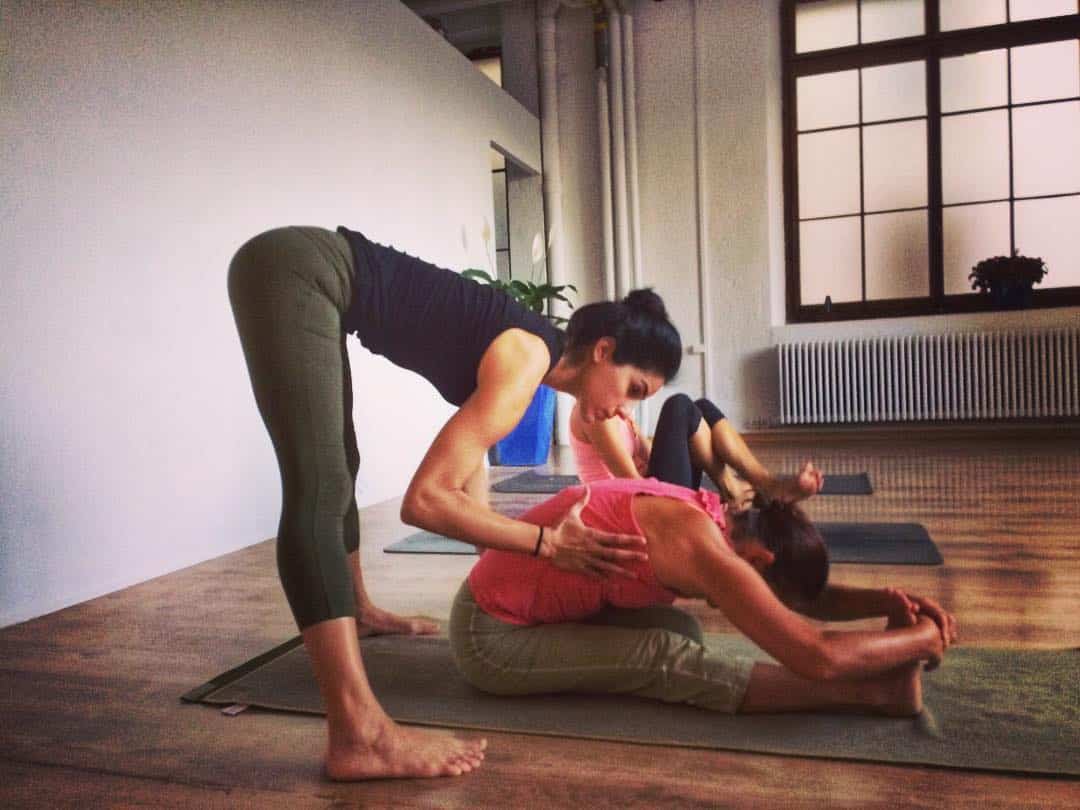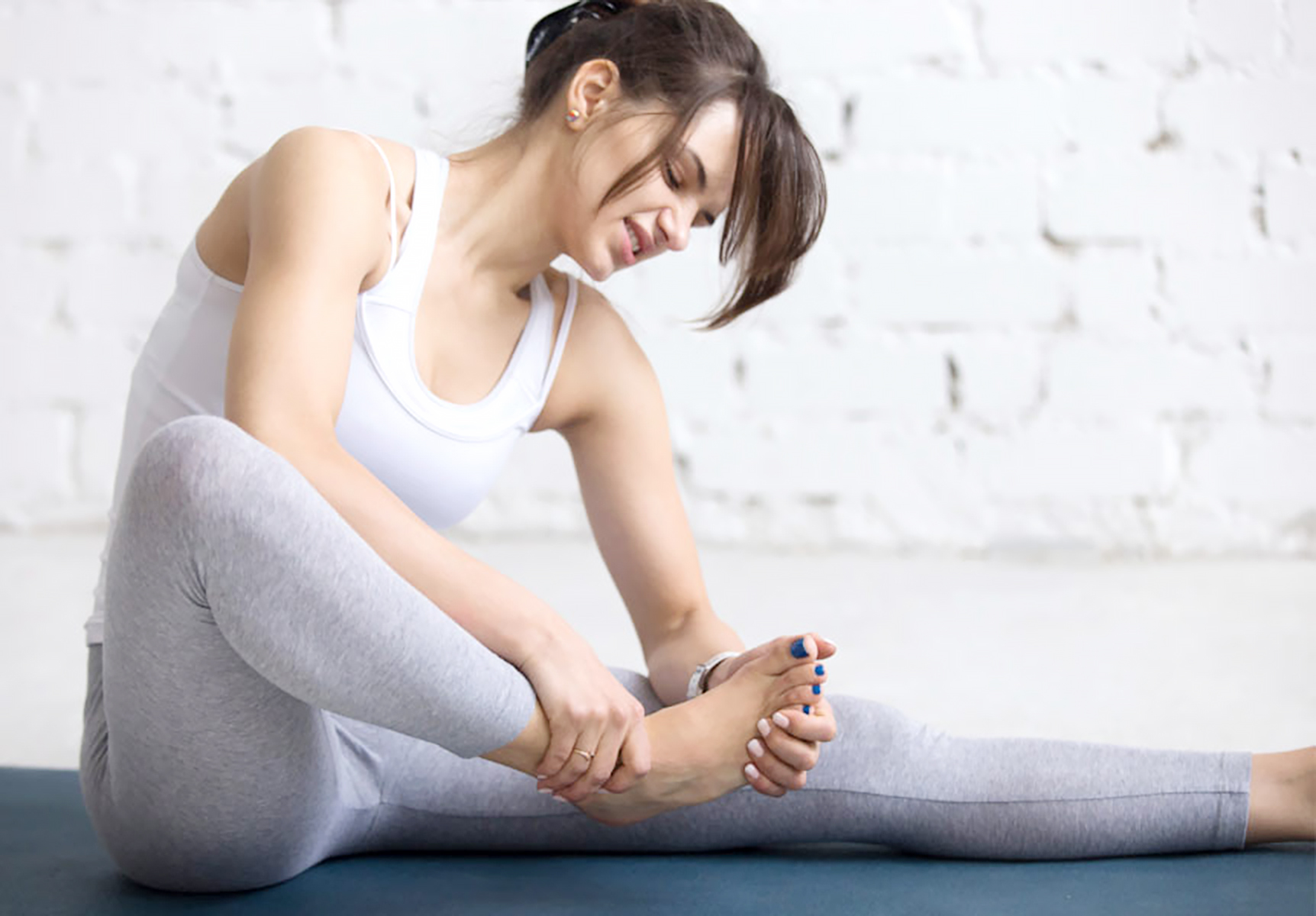Having adaptable, and responsive feet are a vital component in a healthy posture and how we carry ourself through life. By adaptable, I mean feet that are able to move–not just to take steps, but also to spread and clasp, to wriggle and writhe and bounce. They can sense the ground and respond to it.
Most feet spend half of the day enclosed inside leathery, rigid containers walking on hard, flat surfaces. If your feet were like ears, they would be only hearing one sound. Pretty soon they’d stop listening, preferring to be deaf. Shoes muffle our perception of the ground even more.
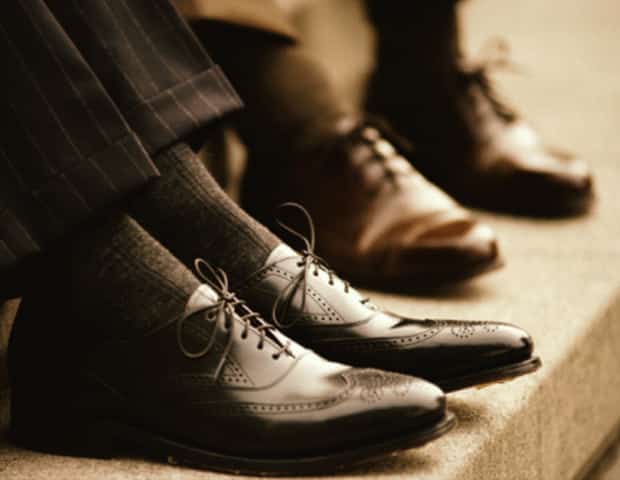
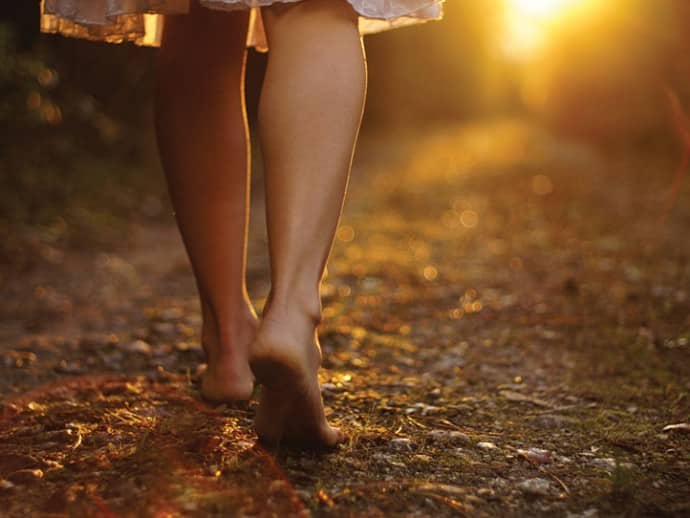
Our feet were designed to palpate the ground for twigs and pebbles, slipperiness and traction, textures and vibrations. The feet are one of our sensory organs and not using them, they will go dormant.
Because we so seldom walk on natural terrain, most of the 36 joints in each foot have nothing to do. So your feet become less and less mobile. And because everything in your body is connected through your fascial network to everything else, the stiffness in the feet is transmitted upward, distorting the movement of your knees, hips and spine. Eventually lack of foot mobility turns into pain, if not in the feet themselves, then somewhere up the line.
The feet also serve as a stable foundation, carrying and cushioning the entire weight of the body. It also propels us through space while adapting to changes in the terrain. The foot is constantly changing roles from a weight bearing foundation mechanism (support) to a lever (loco-motion).
Our lateral foot contacts the ground more readily and relates to the fibula and the “support” function. Our medial foot is more springy and is connected to the tibia. This springy part of the foot transfers the ground reaction force to the tibia which relates it more to “ loco-motion” or the push-off.
If the foundation in the feet doesn’t support the body above, another region of the body will take on the responsibility for support—a knee, a hip or even the shoulders. Misalignment leads to more misalignment, and more tension. As Ida Rolf says, only by bringing peace “from the ground up” can problems higher in the body be “under-stood”.
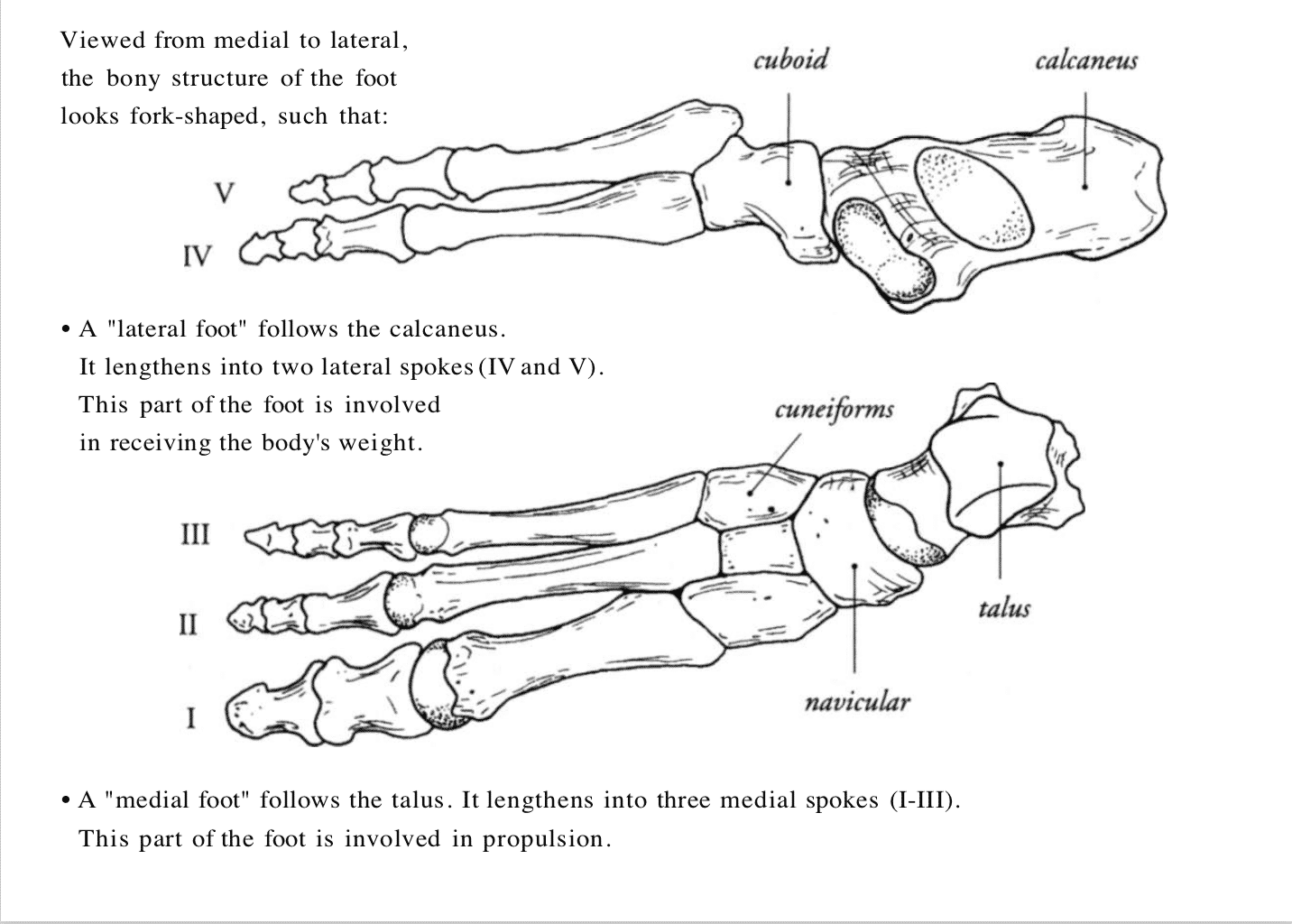
Connecting with our feet and feeling their support and how they adapt to the ground and push off moving us forward is also felt on a psychic level. If we don’t have a stable structure sitting on supportive foundation it would be very difficult to have confidence, full expression, to reach, grasp, pull and push away. If our feet can not push us forward with each step we take it would be very hard to project ourselves, intentions and visions towards life. It would be hard to initiate projects and to move forward in life. At every level, then, getting the feet more balanced. aligned, grounded and graceful will help the overall person.
What can we do to have more awakened and intelligent feet?
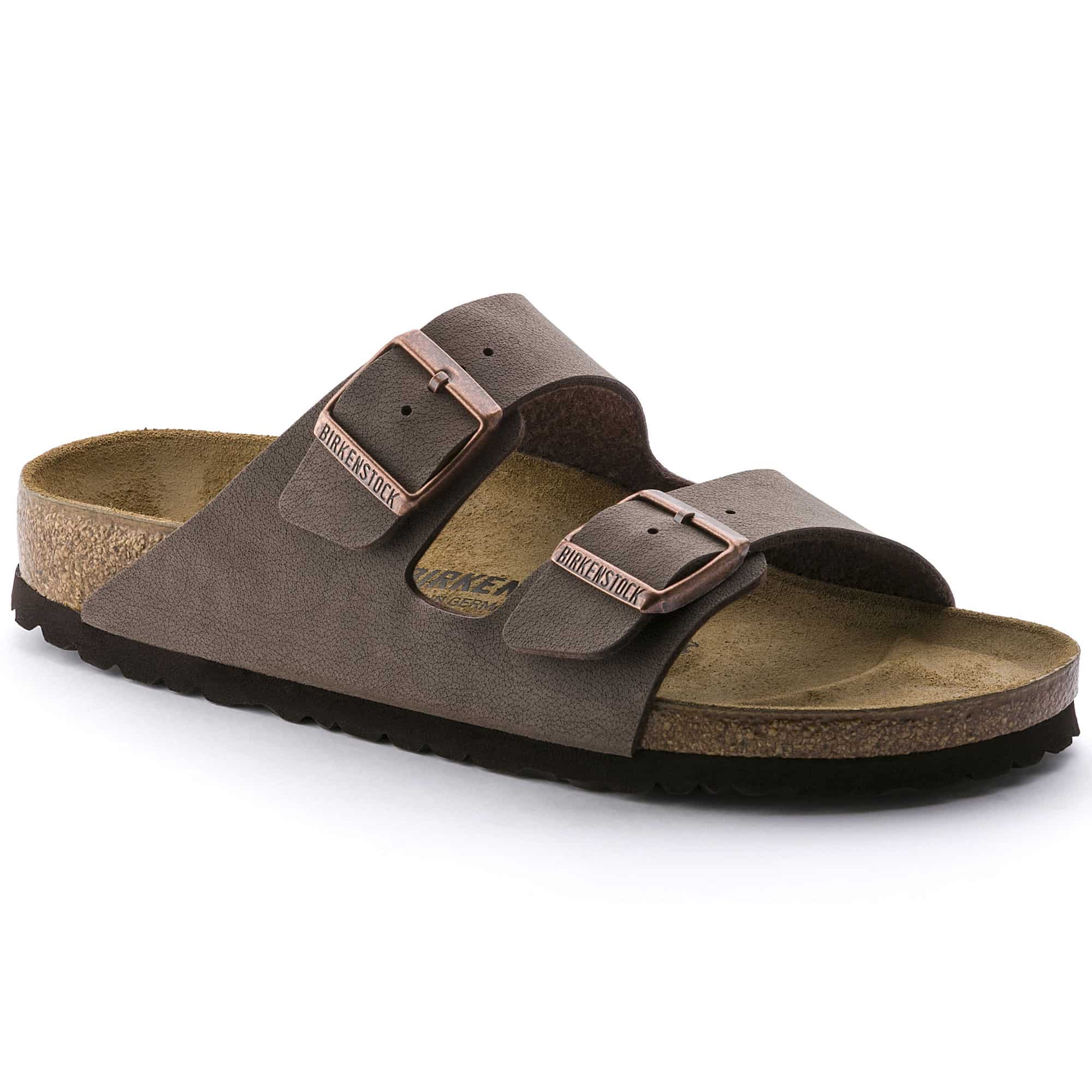
1. Shoes:
Be mindful of the type of shoes we wear during the day to go to work or to run errands. Avoid high hills. Flat and rigid soles don’t allow the feet to go through all the phases of the gate, landing, transfer of weight and push off. They also don’t let the feet to adapt to the surface, so every time we take a step the foot hits the ground flat and the this shock travels up the body. This repetitive motion will certainly lead to stiffness or pain higher up in the body.
2. Conscious Movement
Pick an activity that you do barefeet, ie. Yoga, Tai chi, Martial arts, Qigong, dance… it could last as little as 10 min. Bring your attention to how you use your feet to support yourself and to move through space. Give importance to their function. Get your daily connection with your feet and I bet you will feel and use your body differently. Some patterns to observe are:
- are you clenching your toes? or are they resting on the ground softly? are you using your toes as you walk or do they serve as decoration on your feet?
- are you wobbly?
- are you activating the arches of your feet?
- is your big toe, little tow, and heel grounded?
- do you feel rooted or do you feel like you are walking on a cloud?
- awaken their hapticity. What does the ground under your feet feel like, is it woody, sandy, cement, grass…?
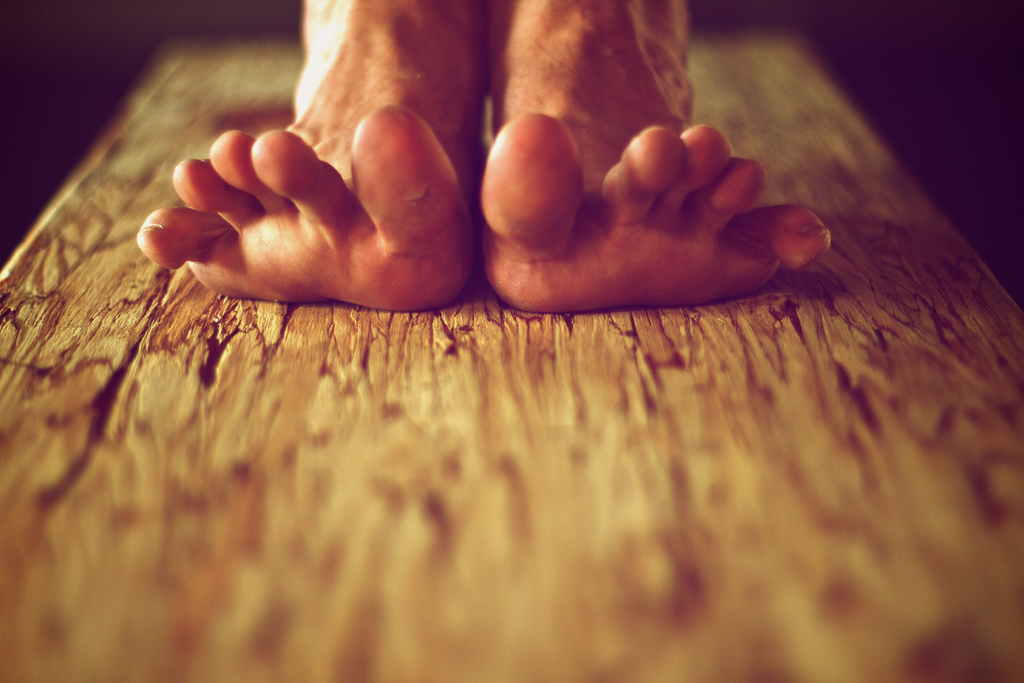
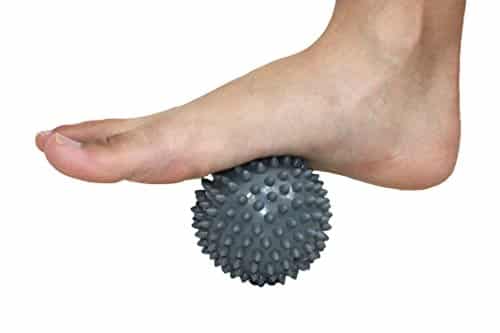
3. Massage:
Massage restores movement of your forefoot and toes. And when you restore movement, you restore your ability to sense the ground.
Before you start, come to standing and notice the contact of your feet with the ground. Then take a few steps and also observe how you walk and how your weight falls on your feet. After taking a few minutes to do that, you can start with either massaging or using a ball to work on the plantar fascia.
You can use a tennis ball or a fascia ball by leaving it under one foot, taking your time to get deep into the plantar fascia by shifting your weight on to that foot and slowly rolling the ball.
You can also massage your own feet with some cream or arnica. This would be ideal especially for dancers and yoga practitioners before practice. It would be nice to do it also after a strenuous activity, long day of walking or just having your feet stuck in shoes all day.
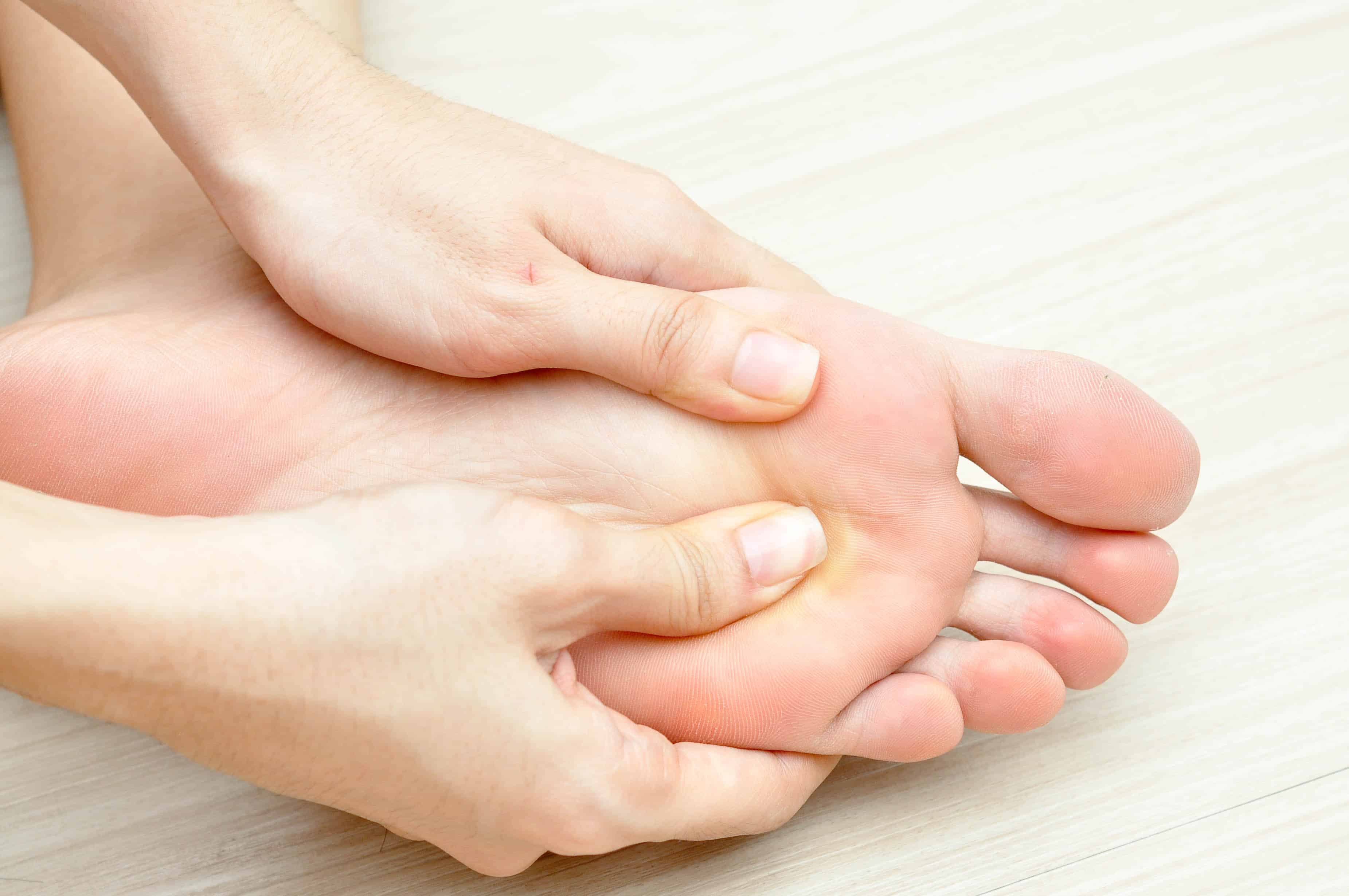
if you’ve had some injury in the past around the ankle, lower leg or the feet I highly recommend you to get sessions from a Rolfer™ Structural Integration practitioners to make sure everything is running fluid and resilient. By working on scar tissues that might’ve built up around the feet, they will be able to have their optimal function back again. Due to injury people develop faulty habits and co-ordination. With Rolfing ® Movement Education one can undo these unhealthy patterns and find the possibility of effortless and optimal movement pattern again.
3. Be barefeet
-Be bare-feet when ever you get the chance.
– Walk around home bare-feet.
– Take your shoes off while working at your desk at work. It’s not civilised to have shoes on all the time. It’s a backward action in our evolution. Don’t care if people look at you strangely for taking your shoes off at work, while traveling … educate them if you care.
– In the summer, take the chance to walk around the park barefeet, do easy walks in the fields and mountain barefeet.
– While sitting connect with your feet on the ground. Observe yourself if you sit crosslegged, if your feet are behind you, stretch-out in-front of you or are they parallel below your knees supporting you as you sit.
Since our feet start below the knee it would be hard to not talk about the lower leg when dealing with the feet’s well being. To find out more about your feet stay tuned for my future Blogs. Thank you for reading 🙂
